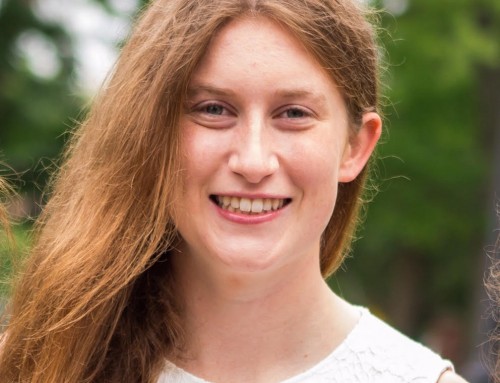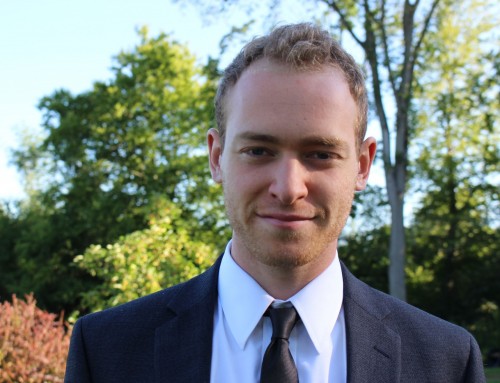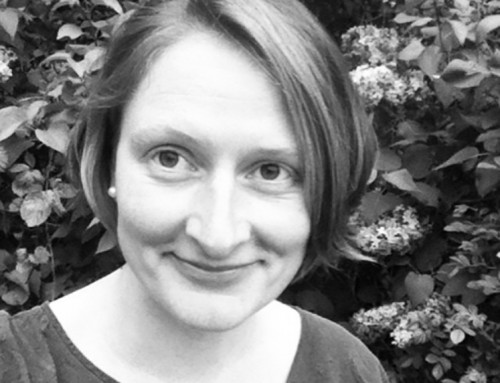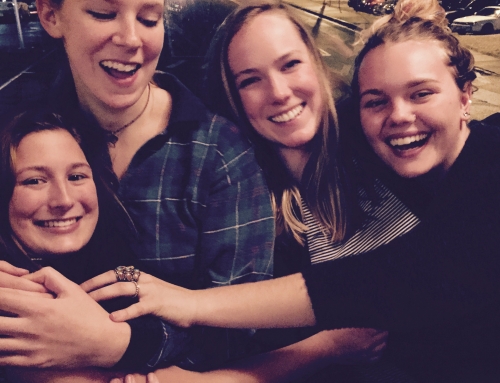Tessa is forever building and challenging herself and the status quo! Upon graduating BCD in ninth grade, Tessa attended Williams College and Harvard Graduate School of Design. She and her husband, Chris Parkinson, both architects, returned to the Berkshires to create an ambitious and far-reaching public humanities project and writers’ residency in Pittsfield, The Mastheads. Plus, the architects built a new addition to their family, their daughter Eve!
What brought you back to the Berkshires?
I came back to the Berkshires to create The Mastheads in October 2015 after receiving an Our Town Grant from the National Endowment for the Arts in partnership with the city of Pittsfield, my hometown. The mission of The Mastheads is to celebrate Pittsfield’s cultural heritage while providing real opportunities for today’s residents to engage with that heritage. We borrow our motto from George Orwell: “We must add to our heritage or lose it.” To this end, we run a writer-in-residence program that operates out of five mobile writing studios. We provide poetry programming in the Pittsfield Public Schools during the academic year and organize a summer lecture series that brings speakers across the fields of literary scholarship, history, creative writing, architecture, and urban planning to Downtown Pittsfield. Each fall, the Mastheads’ studios move to a cultural institution where they are available for visitors. Last fall they were at MASS MoCA, and this fall they will be at the Hancock Shaker Village. Chris and I initially thought we would move back to the Berkshires just long enough to build the Mastheads’ studios and get the program off the ground, but we soon learned that to keep a project like this alive requires 100% presence and commitment. Also unexpectedly, we started to find the idea of practicing as young architects in a de-invested, largely de-industrialized city an exciting prospect. Increasingly, population, wealth, and resources are aggregating in a few urban centers, which leaves an open question of what will happen to America’s smaller cities. We now see the issues in Pittsfield — the need for considered urban planning in the face of economic challenges, the desire to create walkable downtown centers, the opportunity to embrace new technology in the built environment — as ones that are relevant to a broad array of smaller American cities and that can connect rather than disconnect them from larger national and global conversations.
Who was your favorite teacher at BCD and why?
The teacher who made the most lasting educational impact on me was Jim Fawcett
. I remember a moment in fifth grade writing a paper about The Crucible when I first recognized the feeling of having “an idea” and being able to express it through writing. When the paper came back, that particular paragraph had a series of check marks or exclamation points beside it, and I understood that the purpose of writing was to find your own ideas and present them clearly — not to summarize in pretty language or restate what you had been taught.
The hunt for ideas and struggle to put them into language led me to become an English major at Williams College, and for me, architecture is an extension of this thinking. Every project I do I begin by searching through the historical context, the given program, the building site, to find the idea, and then develop it paragraph by paragraph, or space by space, checking each new move back to the central thesis. I have taught three courses to second-year graduate students at the Yale School of Architecture, and I always urge them to write constantly while they are figuring out their project, because finding the language for what you are doing helps you figure out why you are doing it, which helps you do it well and explain it to others. Architecture is such a public art — to be successful at it requires getting people’s support, which requires your being able to state clearly what you are trying to do and why.
What plans do you have for the future?
I have become fascinated by the idea of people working in their hometowns at a micro level of what their hopes would be for change on a larger scale. There is something special about the relationship with one’s hometown in the sense that you are inherently an expert on it. While being a parent makes it feel daunting, I would love to get a Ph.D. in Architectural History and Theory, to become sharper at understanding how places like Pittsfield fit into the big picture of how our cities have developed and where they might go through smart planning.






